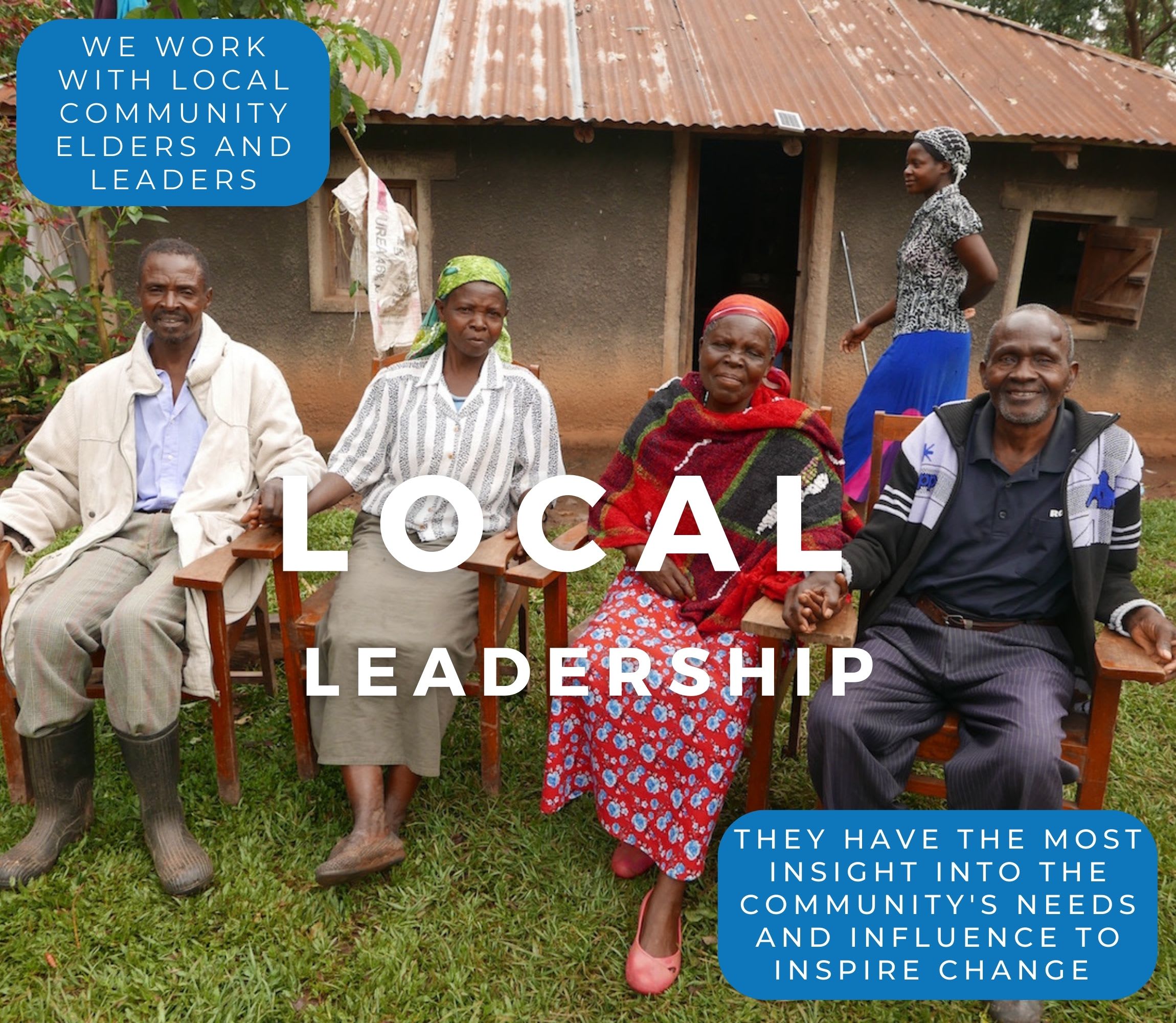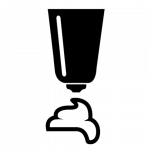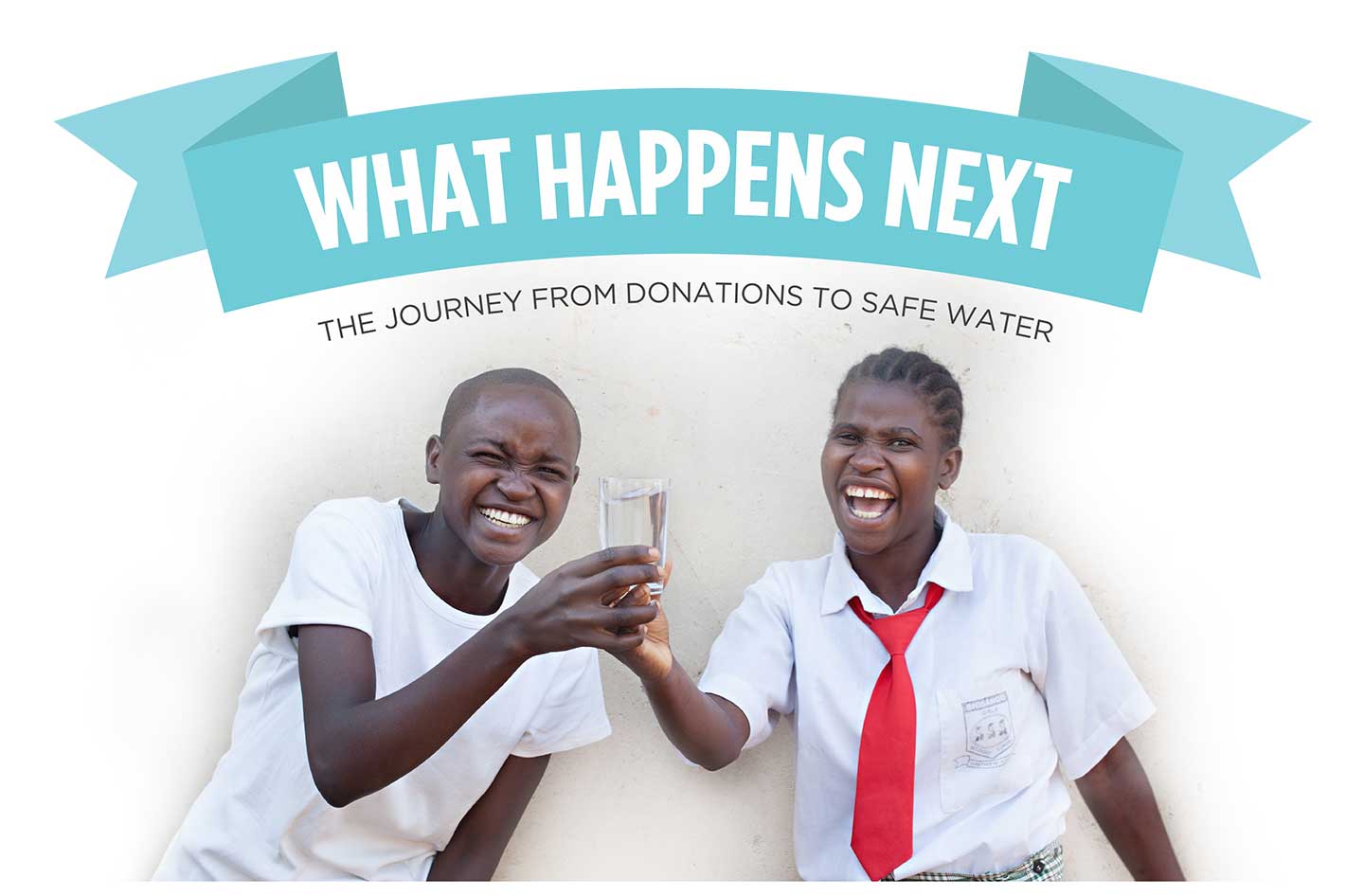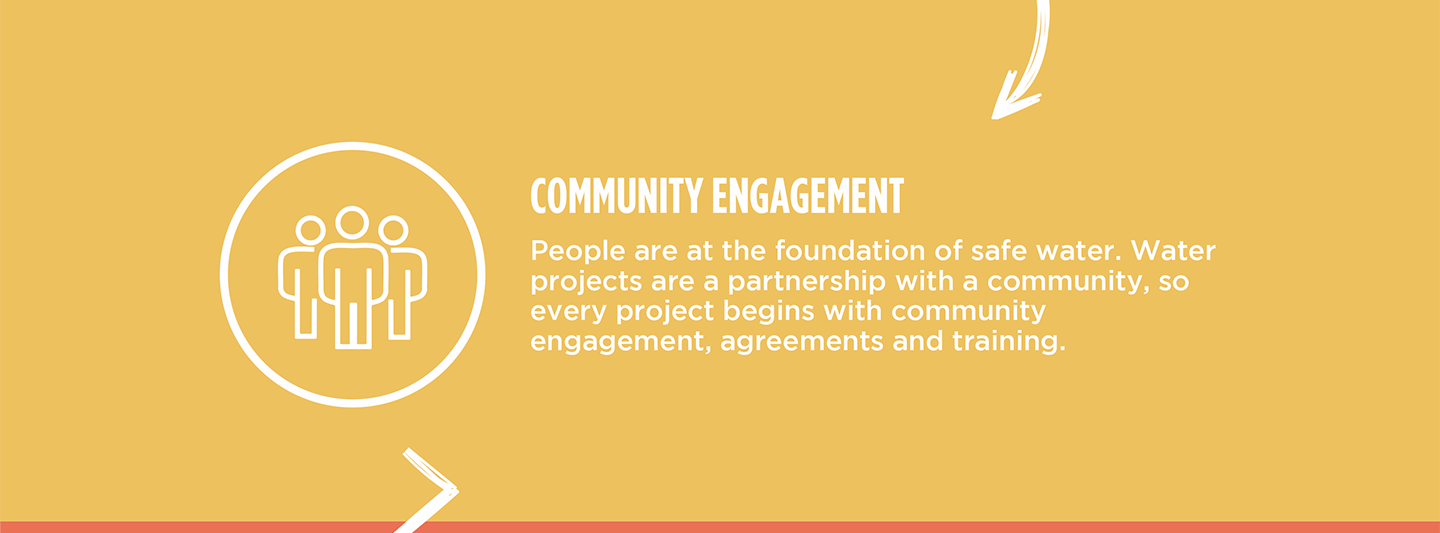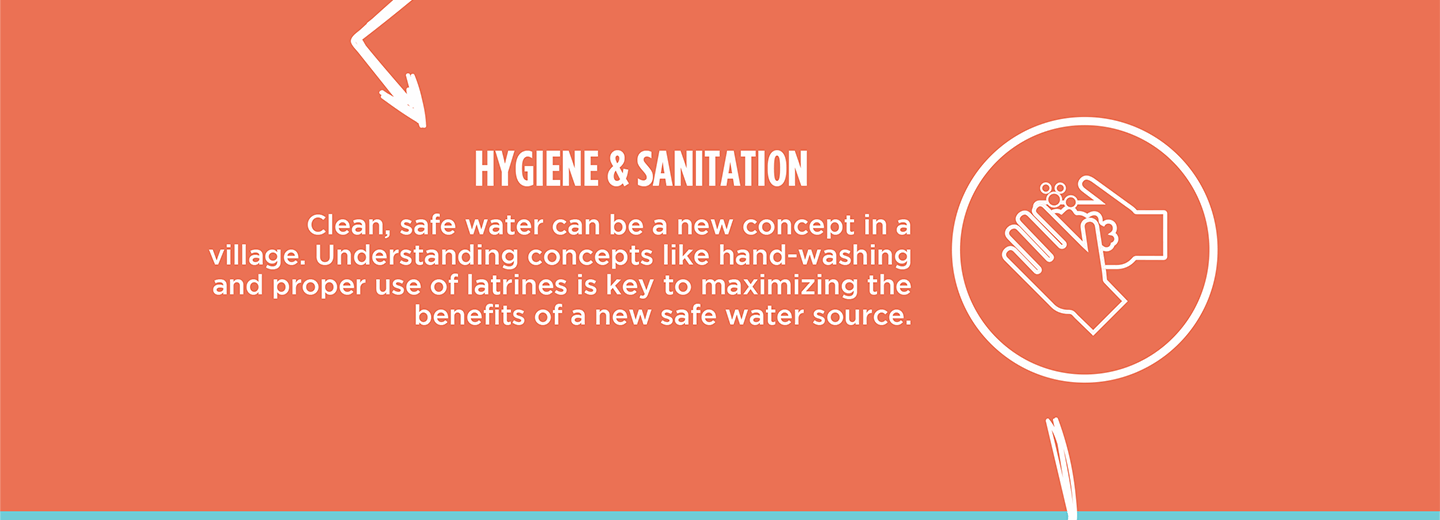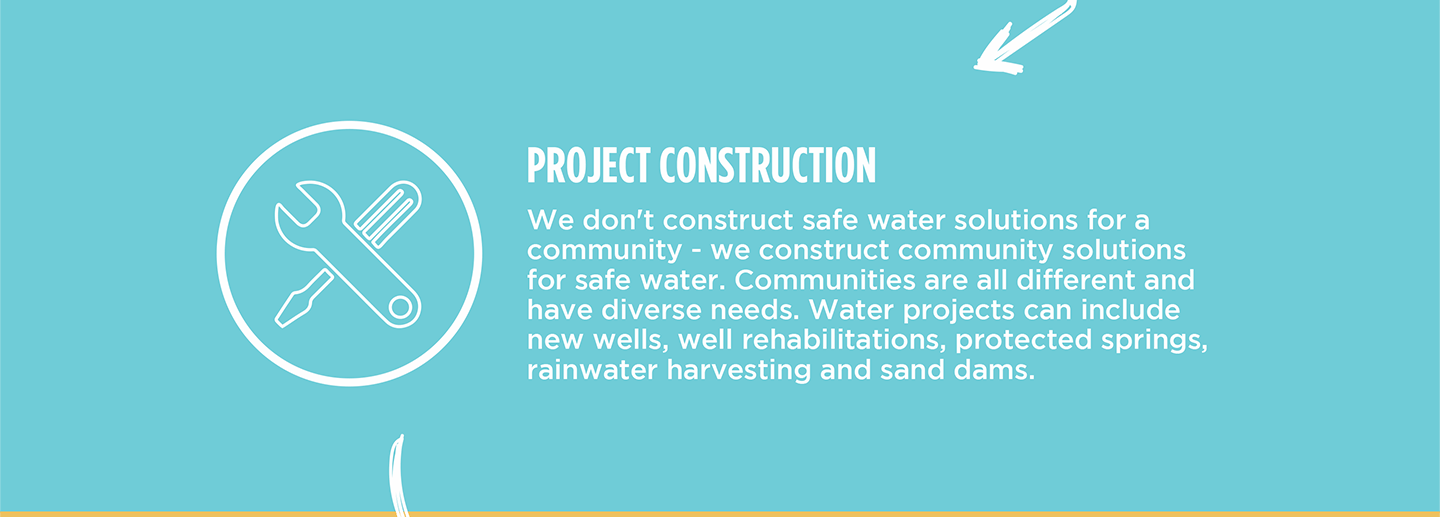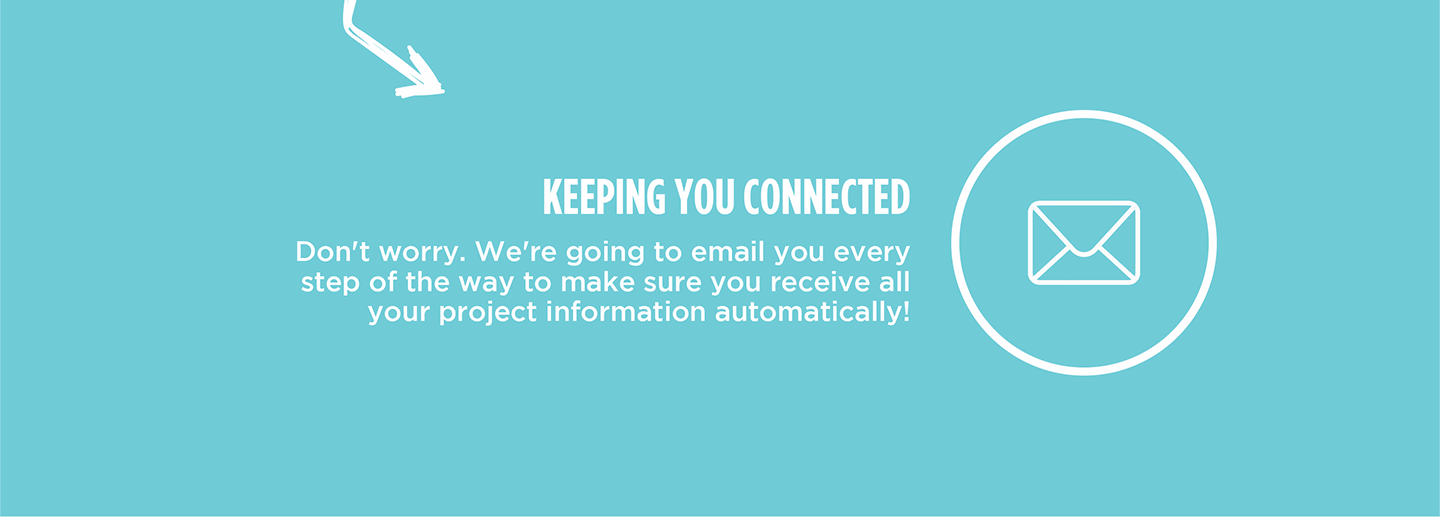The 210 people of Ikoli struggle to access sufficient water to meet their daily water needs. Without clean water, their resources are being consumed with treating water-related illnesses that would be preventable if their source were protected.
"Shibutso Spring is approximately 4 kilometers (2.5 miles) from the main road. The water source is open to contamination since it's broken, allowing runoff water all over the backfill area and the drawing point. Additionally, the spring's accessibility has become a major concern, especially for small children and elderly people. Accessing the water point is hard because the stairs are broken, and the path leading to the drawing point is slippery," said field officer Joyce Naliaka, describing the spring's poor condition.

Joyce continued, "Being the main and alternative source that is dependable to a huge population in this community, the water source is in a pathetic condition that needs urgent attention to curb the spread of water-related illnesses. According to members of [the] Ikoli Community, many cases of waterborne diseases have been reported in the past few weeks after using water from the spring."
"Personally, I've been forced to seek medical attention at least three times as a result of this water crisis. The situation not only stuck with me but also affected all the members of my household. The last episode [was] a month ago, which happened to my toddler. As a result of this, I would appreciate as a community to be able to access not just safe drinking water but one which will be able to cater for every household in this place," said 41-year-old farmer Pamela Nanzala, shown below.

Sadly, Pamela's young child is not the only child suffering in Ikoli as a result of drinking unsafe water. For the older children, being ill often means they miss school and lose valuable learning time they need to equip them for the future.
"On my part, I've been forced mostly to visit hospitals due to contracting water-related illnesses. This is affecting my output in class, which has largely impacted my grades. Therefore, a future where I will no longer be forced to choose between my education and clean water would be very much appreciated," said 9-year-old Brian M.
"It's their plea that if anything could be done to upgrade the water source, then it would really help them avoid devoting additional time and resources to seeking medical assistance or taking preventive measures that impact their daily routines," concluded Joyce.
The protection of the spring will enable community members like Pamela and Brian to focus on staying healthy and improving their daily lives. Children long for the opportunity to put their education first and to put their efforts into building a better future for themselves, but this is only possible with access to safe water.
The Proposed Solution, Determined Together...
At The Water Project, everyone has a part in conversations and solutions. We operate in transparency, believing it benefits everyone. We expect reliability from one another as well as our water solutions. Everyone involved makes this possible through hard work and dedication.
In a joint discovery process, community members determine their most advantageous water solution alongside our technical experts. Read more specifics about this solution on the What We're Building tab of this project page. Then, community members lend their support by collecting needed construction materials (sometimes for months ahead of time!), providing labor alongside our artisans, sheltering and feeding the builders, and supplying additional resources.
Water Access for Everyone
This water project is one piece in a large puzzle. In Kenya, Sierra Leone, and Uganda, we're working toward complete coverage of reliable, maintained water sources that guarantee public access now and in the future within a 30-minute round trip for each community, household, school, and health center. One day, we hope to report that this has been achieved!
Training on Health, Hygiene & More
With the community's input, we've identified topics where training will increase positive health outcomes at personal, household, and community levels. We'll coordinate with them to find the best training date. Some examples of what we train communities on are:
- Improved hygiene, health, and sanitation habits
- Safe water handling, storage & treatment
- Disease prevention and proper handwashing
- Income-generation
- Community leadership, governance, & election of a water committee
- Operation and maintenance of the water point
Chlorine Dispensers
Installing chlorine dispensers is an important piece of our spring protection projects. Protecting a spring provides community members with an improved water source, but it doesn’t prevent contamination once the water is collected and stored. For example, if the water is clean and the container is dirty, the water will become contaminated.
We ensure that each chlorine dispenser is filled with diluted chlorine on a consistent schedule so that people can add pre-measured drops to each container of water they collect. That way, community members can feel even more confident in the quality of their water.



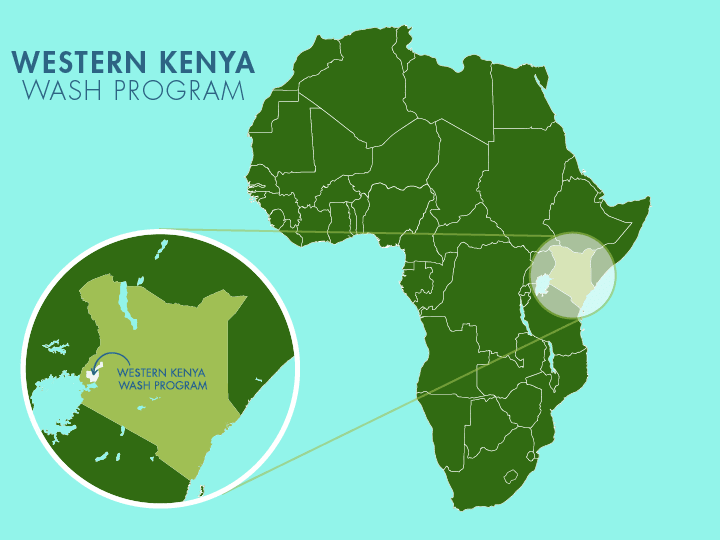
 Protected Spring
Protected Spring
 Rehabilitation Project
Rehabilitation Project

